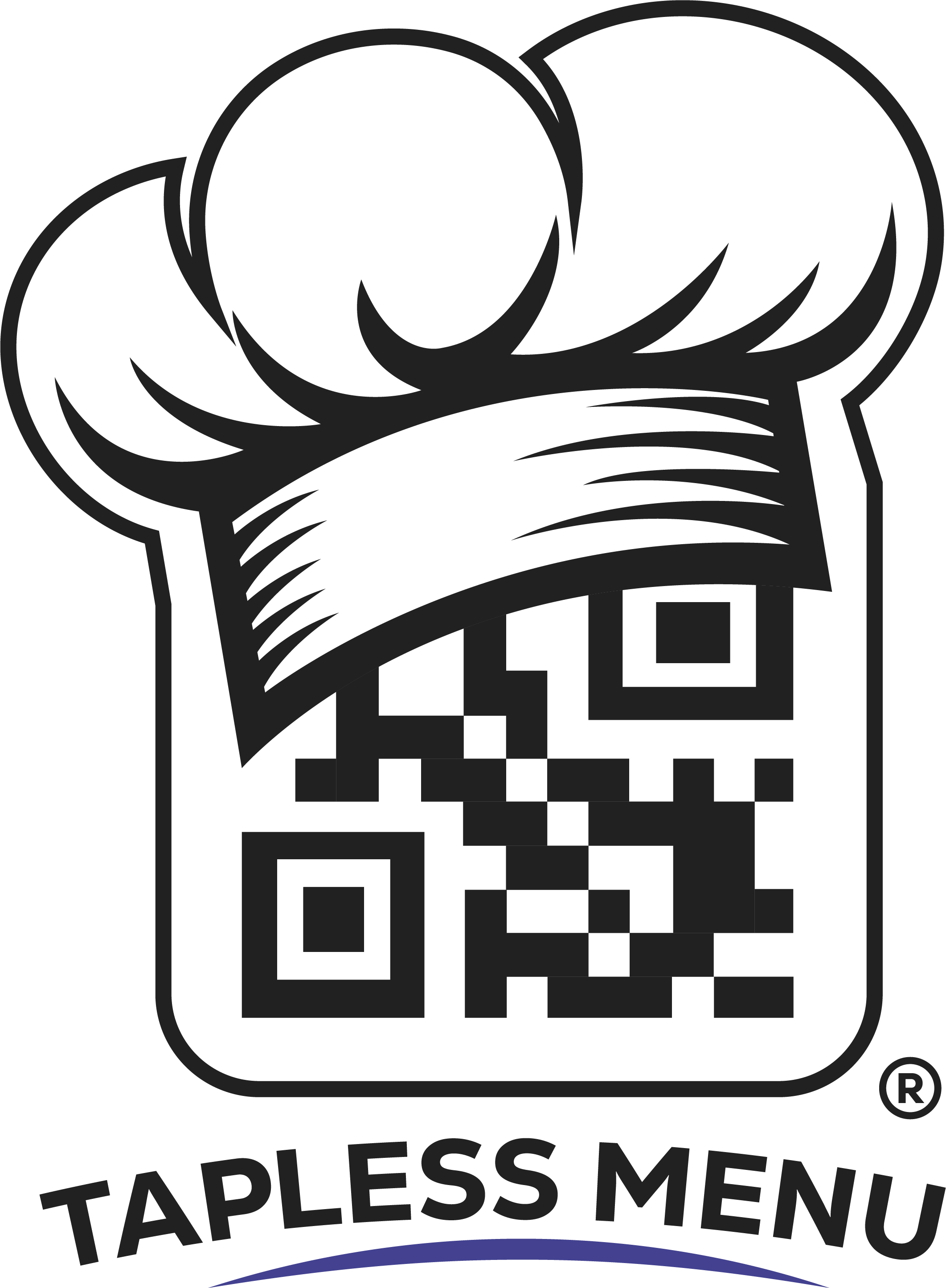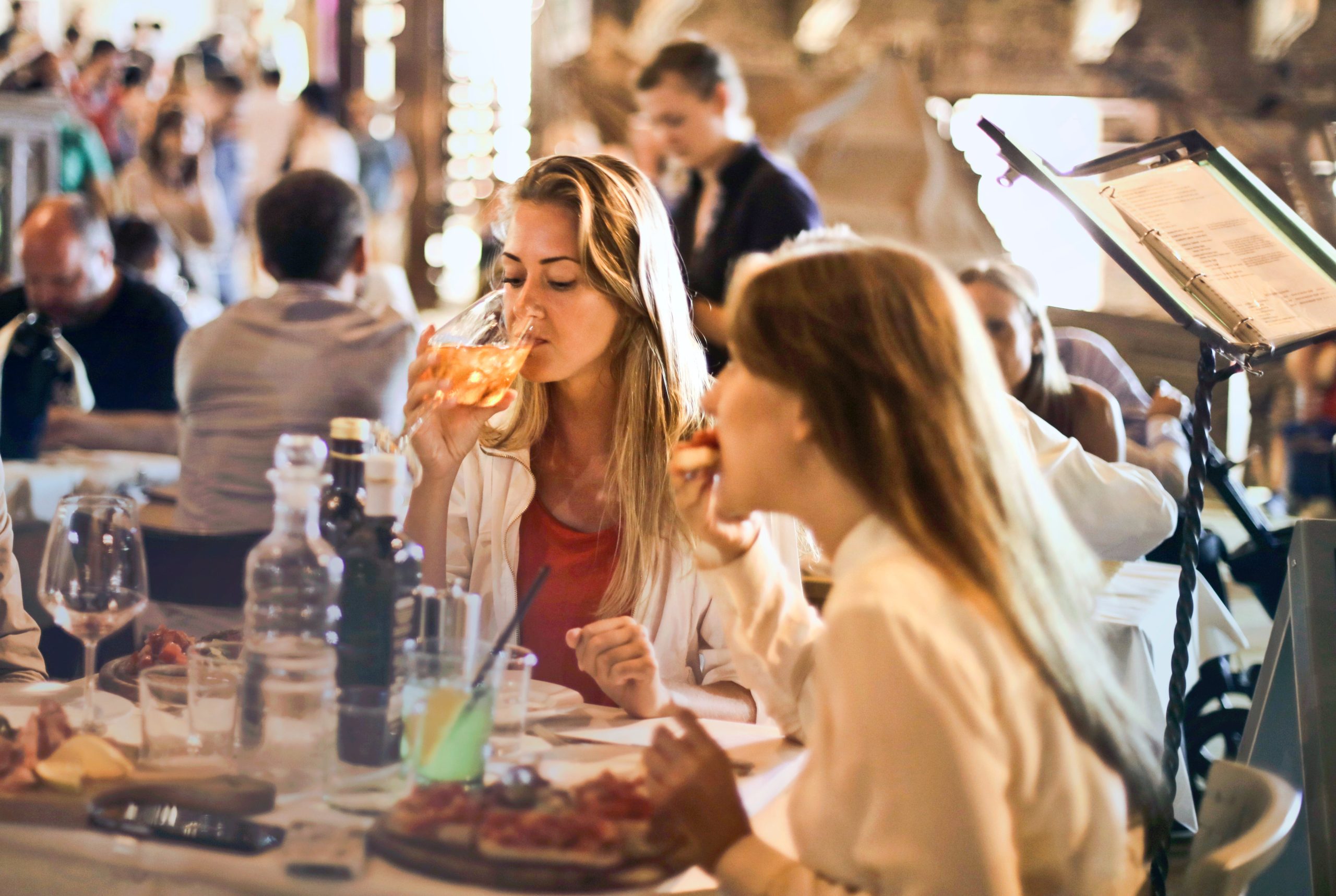The COVID-19 pandemic dramatically changed how restaurants operate. With restrictions on indoor dining and consumer fears about virus transmission, restaurants had to quickly pivot to takeout, delivery, and contactless ordering models. Now, as the world emerges from the pandemic, these updated service models are here to stay.
Recent restaurant guest survey found that 61% of diners want the option to order online or through an app. Digital menus and online ordering systems offer benefits for both restaurants and guests. This article will explore the data behind the demand for digital menus, highlight real-world examples of success, and explain the cost and sustainability advantages of going digital.
Guest Demand is Clear: Digital Menus Are a Must-Have
In August 2022, 1,000 restaurant guests were surveyed about their post-pandemic preferences. 61% said they want restaurants to offer online ordering or digital menus that can be accessed via QR code. Only 22% said they prefer to order exclusively via traditional paper menus.
Additional findings include:
- 73% said digital menus helped them feel more comfortable dining out during the pandemic.
- 57% said technology like apps and kiosks makes for a better restaurant experience.
- 80% want to use mobile pay options like Apple Pay or QR code payments.
- 37% said they are more likely to return to a restaurant that offers a frictionless tech experience.
On the restaurant side, owners and managers are listening to these guest demands. In 2021, the National Restaurant Association found that 60% of operators added or expanded online ordering options. A study by Oracle found that 60% of restaurant leaders plan to increase investments in digital and delivery in the coming years.
The research paints a clear picture???diners expect digital menu and ordering options post pandemic. Restaurants that don’t adapt risk losing customers to the competition.
Real-World Examples Show Digital Menu Success
Thousands of restaurants worldwide have successfully implemented digital menus and ordering. Their stories reveal how technology can create better experiences for guests while increasing sales and efficiency. Here are a few real-world examples:
Fast casual digital kiosks drive sales
Panera Bread installed [self-serve kiosks](https://www.qsrmagazine.com/exclusives/2015-qsr-drive-thru-study- reinventing-drive-thru) in 2014. Customers could browse the menu, customize orders, and pay via the kiosks. The kiosks increased per-transaction amounts by 20% because guests tended to order more from the engaging, visual format. Higher order values ultimately led to a 25% increase in sales.
Contactless QR ordering boosts lunch sales
Farmers & Distillers, a Washington DC restaurant, added QR code online ordering during the pandemic to enable contactless transactions. Lunch service was slow under capacity restrictions, so they used QR codes to promote takeout pizza specials. Online ordering helped boost weekday lunch sales from $1200 per day to $4000 per day.
Digital menus enhance experiences
The Magician, a themed cocktail bar in Las Vegas, implemented the Tap Less Menu platform with QR code menus. Guests appreciate the fun, interactive magic show themed digital experience. The owner also benefits from data analytics on menu performance. Digital menus have become a key part of immersing guests in the magical atmosphere.
Sustainable printing reduces waste
Seasons 52, an upscale casual chain, estimates it saves over 4.7 million pages per year by using digital menus instead of paper. Digital menus have slashed printing costs by 45% and reduced paper waste. Savings get reinvested in the guest experience.
Enhanced consumer safety
During COVID-19, many restaurants switched to [disposable paper menus](https://restaurantbusinessonline.com/technology/ restaurants-consider-disposable-paper-menus-light-coronavirus) to reduce transmission risk. But paper menus have high waste and labor costs. Digital menus solved this by providing a safe, sanitary way to view menus with no contact. Consumer research shows [73 percent](### Guest Demand is Clear: Digital Menus Are a Must-Have) feel digital menus help them feel safer dining out.
These examples reveal how digital transformations better serve guests and improve the bottom line.
Cost and Sustainability Benefits of Digital Menus
Switching from traditional to digital menus offers compelling cost and environmental advantages:
Lower printing costs
Menus must be frequently updated to reflect new items, prices, and ingredients. Traditional printed menus have expensive reprinting costs whenever changes occur. Digital menus allow real-time changes at no cost.
Reduced waste
The typical restaurant that prints 1000 menus per year generates about 6,000 pounds of paper and cardboard waste. Digital eliminates this waste for a more sustainable operation.
Faster table turns
Studies show digital menus can turn tables 5-15% faster by allowing guests to order ahead and accelerating ordering. Faster turns mean serving more guests per shift.
Labor savings
Self-serve kiosks and online ordering reduce the need for staff to take orders tableside. That allows for more efficient labor usage.
Food cost optimization
Digital analytics provide data on menu performance. Restaurants can quickly identify bestselling and low-selling items to optimize food costs and margins.
Sanitation
Paper menus must be frequently replaced and sanitized, incurring significant labor costs. Digital menus avoid this issue entirely for a cleaner operation.
Introducing Tap Less Menu – Frictionless Ordering for Restaurants
Now that we’ve explored the benefits and real-world examples of digital menus, we want to introduce a new solution optimized specifically for small, independent restaurants: Tap Less Menu.
Tap Less Menu is an online ordering web app designed for small independent restaurants. Here are a few key features:
- Digital Menus – Create digital menus that are mobile-friendly versions accessible by QR codes. Update and edit on the fly.
- Online Ordering – Let guests order online for takeout, delivery, and pre-ordering.
- Contactless Payments – Contactless ordering and Tap Like Pay payments minimizes physical contact.
- Analytics – Gain data-driven insights into your guests, menus, and ordering patterns.
Tap Less Menu was created specifically to give independent restaurants affordable access to the digital capabilities that major chains invest millions in. There’s no long-term contract or set up fees – restaurants only pay a small monthly subscription based on transaction volume.
Digital menus, online ordering, reservations systems – tools that used to cost thousands in IT spending are now available to restaurants of any size on a pay-as-you-go basis.
The pandemic underscored the need for every restaurant to offer a frictionless, tech-enabled guest experience both on premise and online. Tap Less Menu provides the platform to make that possible while increasing revenues and lowering costs.
To learn more about getting started with digital menus and online ordering, visit TapLessMenu.com
Create a Better Restaurant Experience with Digital Menus
As guest expectations shift towards ordering ahead, mobile pay, and contactless interactions, digital menus are becoming a necessity. Our survey found 61% of diners now prefer digital, underscoring the demand.
Restaurants worldwide have implemented digital menus and ordering systems with great success. The benefits range from higher guest satisfaction to larger average orders and faster table turns. Digital menus are also more cost effective and environmentally sustainable than paper printing.
Solutions like Tap Less Menu make this technology accessible and affordable to restaurants of all sizes. To learn more or get started with your digital menu, click here TapLessMenu.com

